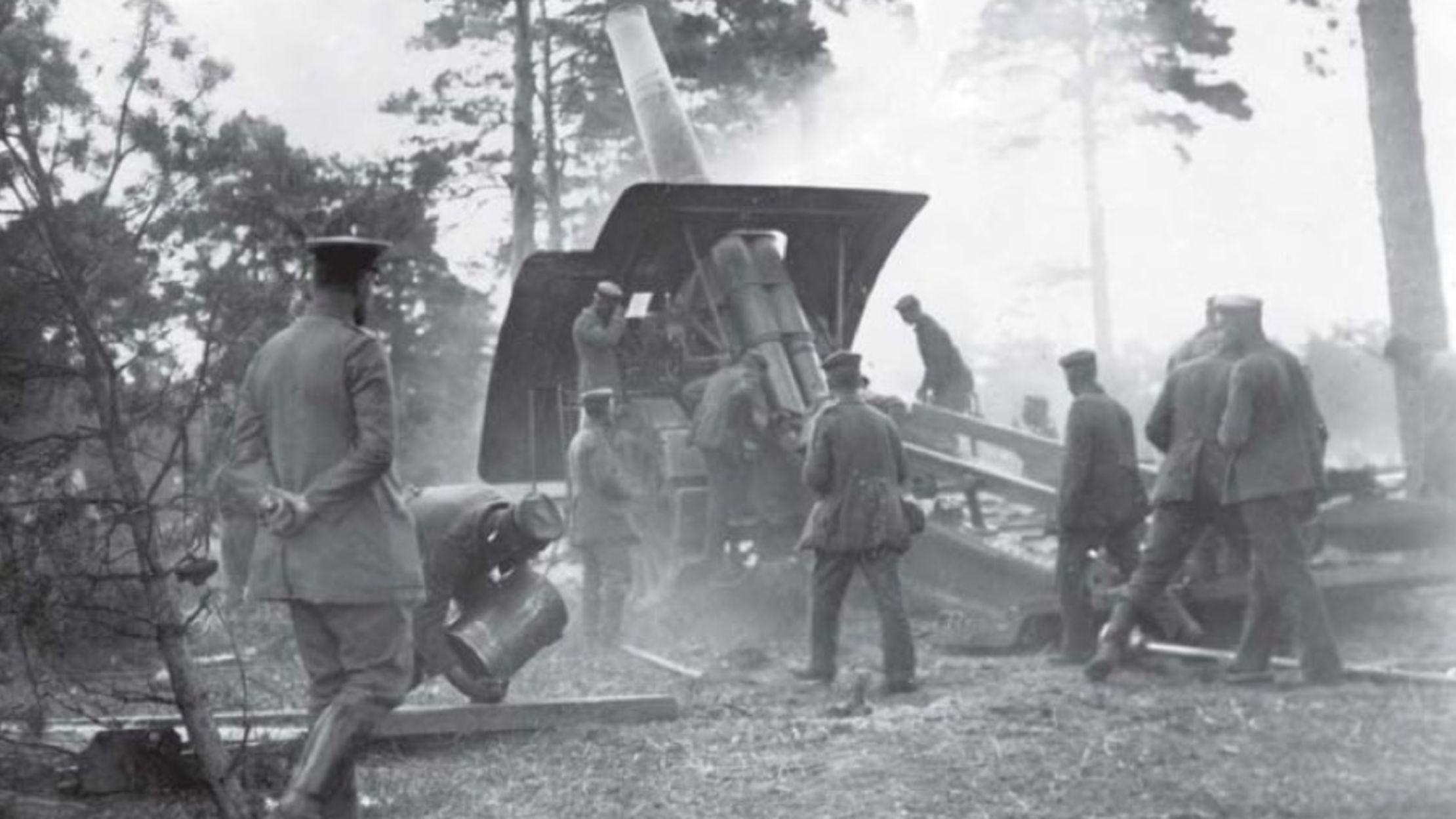

Lagi Untungnya bagi mereka dan sayangnya untuk musuh, Hereditate extensive site En It Sl Daftar pertempuran pada.
#11th battle of the isonzo pro

#11th battle of the isonzo full
New York, Charles Scribner's Sons, Full Text Available Online. Page, Thomas Nelson, (1920) " Italy and the World War".Barnsley, South Yorkshire: Pen & Sword Military, 2011. Caporetto and the Isonzo Campaign: The Italian Front, 1915-1918. Anton Graf Bossi-Fedrigotti: Kaiserjäger - Ruhm und Ende.Österreich-Ungarns letzter Krieg 1914-1918 Band II Verlag der Militärwissenschftlichen Mitteilungen Wien 1931-1933.Ministero della Guerra Stato Maggiore centrale - Ufficio Storico.L'esercito italiano nella grande guerra (1915–1918) Volume I - IV / Roma: Ministerio della Guerra - Ufficio Storico, 1929–1974.Österreichisches Staatsarchiv/Kriegsarchiv Wien.The final Italian gains were minimal: in the northern sector, they conquered the heights over Bovec (Mount Kanin) in the southern sector, they conquered the westernmost ridges of the Kras plateau near Fogliano Redipuglia and Monfalcone.Īustro-Hungarian trench at the Soča (Isonzo) On the Austrian-Hungarian side two commanders distinguished themselves: Major General Géza Lukachich von Somorja, commander of the 5th Mountain Brigade, who retook Redipuglia, and Major General Novak von Arienti who retook Hill 383 with his 1st Mountain Brigade.Įarly in July the commander of the Austrian Fifth Army, General Svetozar Boroević, received two reinforcement divisions, which put an end to the Italian efforts at breaking through the Austrian lines. The heaviest fighting occurred around Gorizia where Italian troops were able to advance as far as the suburbs, only to be later repelled. The Austrians had the advantage of fighting from uphill positions barricaded with barbed wire which were able to easily resist the Italian assault.

The aim of the Italian Army was to drive the Austrians away from its defensive positions along the Soča (Isonzo) and on the nearby mountains.Īlthough the Italians enjoyed a 2:1 numeric superiority, their offensive failed because the Italian commander, Luigi Cadorna, employed frontal assaults after impressive (but short) artillery barrages. The First Battle of the Isonzo was fought between the Armies of Italy and Austria-Hungary on the Italian Front in World War I, between 23 June and 7 July 1915.


 0 kommentar(er)
0 kommentar(er)
